Choosing wooden furniture can be difficult. Not only do you have to think about the different styles, finishes and colours, there are the different names. Just what is meant by wood? When label descriptions refer to engineered wood, composite wood, plywood, veneered wood, MDF it is easy to be confused. Are these formats solid wood or not?
What is engineered wood?
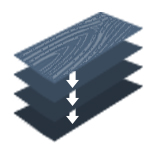 |
The answer is no - it is not solid wood. Furniture made from engineered or composite wood is a completely different product. This is wood that has been manufactured to look like wood. Appearances can be deceptive. It may have the outward appearance of wood with grain lines but unlike solid wood, it is not a natural product. Engineered wood is a product that has been created in a factory using a mixture of materials such as wood fibres, sawdust, glues and chemicals. The most basic type of engineered wood – MDF (medium density fibreboard) is simply sawdust and fibres held together with glue. All the materials are bonded together using extreme pressure and high temperatures and can then be cut and sawn like timber. |
Plywood & Veneered wood
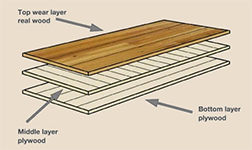 |
Plywood and Veneered wood are slightly different in that they are created from strips of wood. Plywood comprises several thin layers of wood that are glued together. Veneered wood is a thin layer of wood glued on top of a core material, which may be lower grade timber, plywood or MDF. |
Problems with Engineered Wood
 |
The problem with these types of wood is that they are much easier to damage. Scratches and water stains cannot be repaired. There is an added risk of cracking and warping occurring within modern centrally heated homes as engineered wood does not expand and contract like natural wood does. Nor can this type of wood be used outside the house for example on the patio. It will soak up water and may even start to disintegrate. Furniture made from engineered wood does not last as long as solid wood furniture, and has to be replaced much more frequently. |
How to identify engineered wood
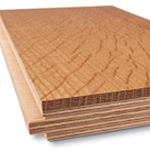 |
Apart from reading labels carefully, you can also identify engineered wood by the weight of the furniture. It will be much lighter than solid wood furniture. Look too at the grain of the wood. The exterior and interior of the furniture will not match. Lifting the furniture and looking at the base of the legs is another good indicator. A collection of uniform layers is common to Plywood, while a dense mix resembling cotton wool indicates the use of MDF. |
Advantage of solid wood
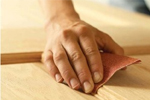 |
Opting for solid wood furniture avoids these problems. Solid wood retains its appearance, achieving a lovely patina as it ages. Any damage that occurs can be easily repaired and the furniture restored to its original appearance. |
Is Solid Wood Eco-friendly
 |
Environmentally, solid wood furniture is much more eco-friendly. Apart from being sourced from managed forests, solid wood furniture uses very little energy during the production process. Engineered wood, on the other hand, uses a tremendous amount of energy as well as potentially toxic materials since formaldehyde – a known carcinogen – often forms part of the glue compounds used during the manufacturing process. |
Why Solid Wood is best
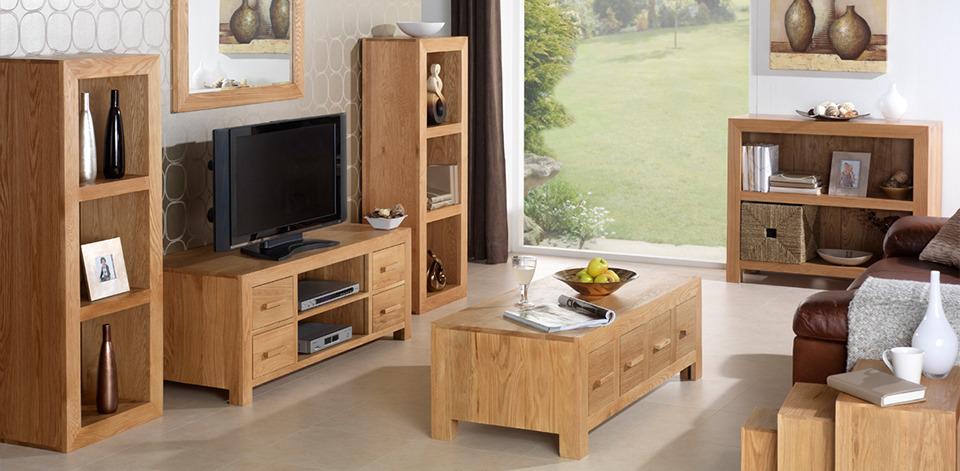
Solid wood is by far a much better choice for homeowners. It may cost more than furniture made out of engineered wood, but will last much longer making it much better value for money. Engineered wood furniture, no matter how well made, can never possess that patina of age, and luxurious elegance that solid wood furniture achieves. It will simply never look as good. If you want to want a chic, upmarket homestyle that says quality and elegance to everyone who enters your home – then solid wood furniture is essential.
If you'd like more furniture inspiration, visit our website to view our complete ranges of oak, pine and sheesham wood furniture.
